The Red Summer
Turning Points in History
National History Day 2024

Image Courtesy of the NAACP
In the early 1910s, racial violence was increasing due to the KKK, a terrorist organization that mainly targeted African-Americans and Catholics. Simultaneously, African-Americans moved up North, searching for opportunity and equality.
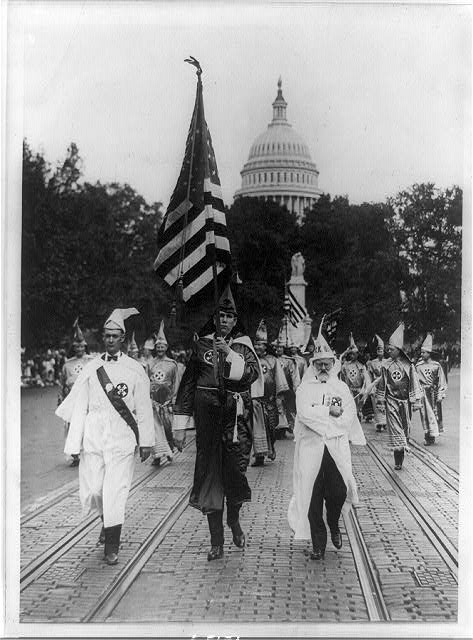
Ku Klux Klan Parade Held in Washington, D.C., Courtesy of Library of Congress
"Join the Loyal Order of Klansmen and you solve the problem of law and order in our Southland!"
~ A June Edition of the Charlotte Observer
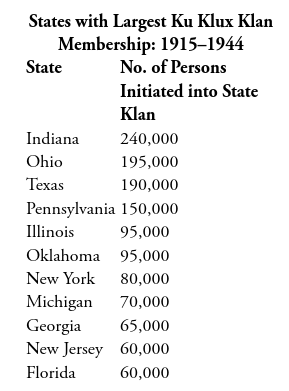
"States With Largest Ku Klux Klan Membership: 1915-1944", Courtesy of The Ku Klux Klan in the City, 1915-1930 by Kenneth T. Jackson
Many people, especially in the South, believed that the Ku Klux Klan would solve major problems. However, others would provide warnings against this terrorist group.
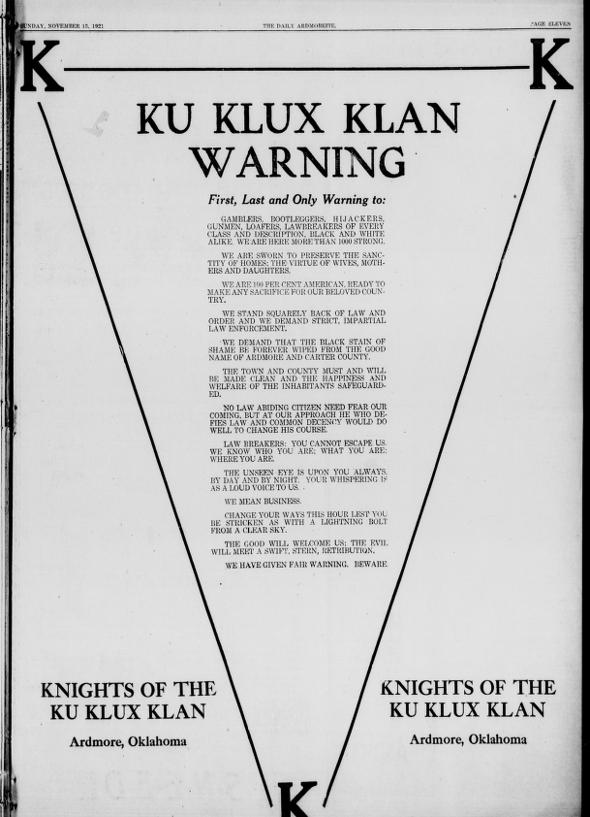
"Ku Klux Klan Warning", Courtesy of The Daily Ardmoreite
"The Ku Klux Are Riding Again!"
~ W.E.B. Du Bois
D.W. Griffith released his “Birth of a Nation” silent film in 1915. This movie had significant racism, depicting the KKK as heroes and African-Americans as lewd creatures.
"It's like writing history with lighting. My only regret is that it is all so terribly true."
~ Woodrow Wilson
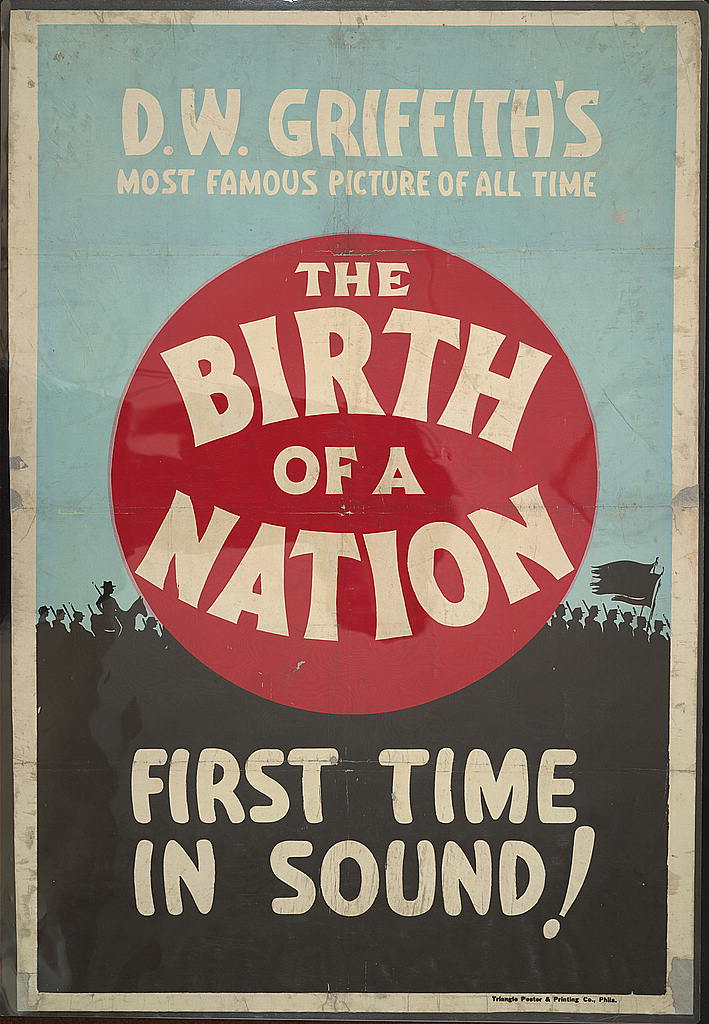
Birth of a Nation Poster, Courtesy of the Library of Congress
Conversely, various jobs and opportunities further enticed African-Americans to move up North.
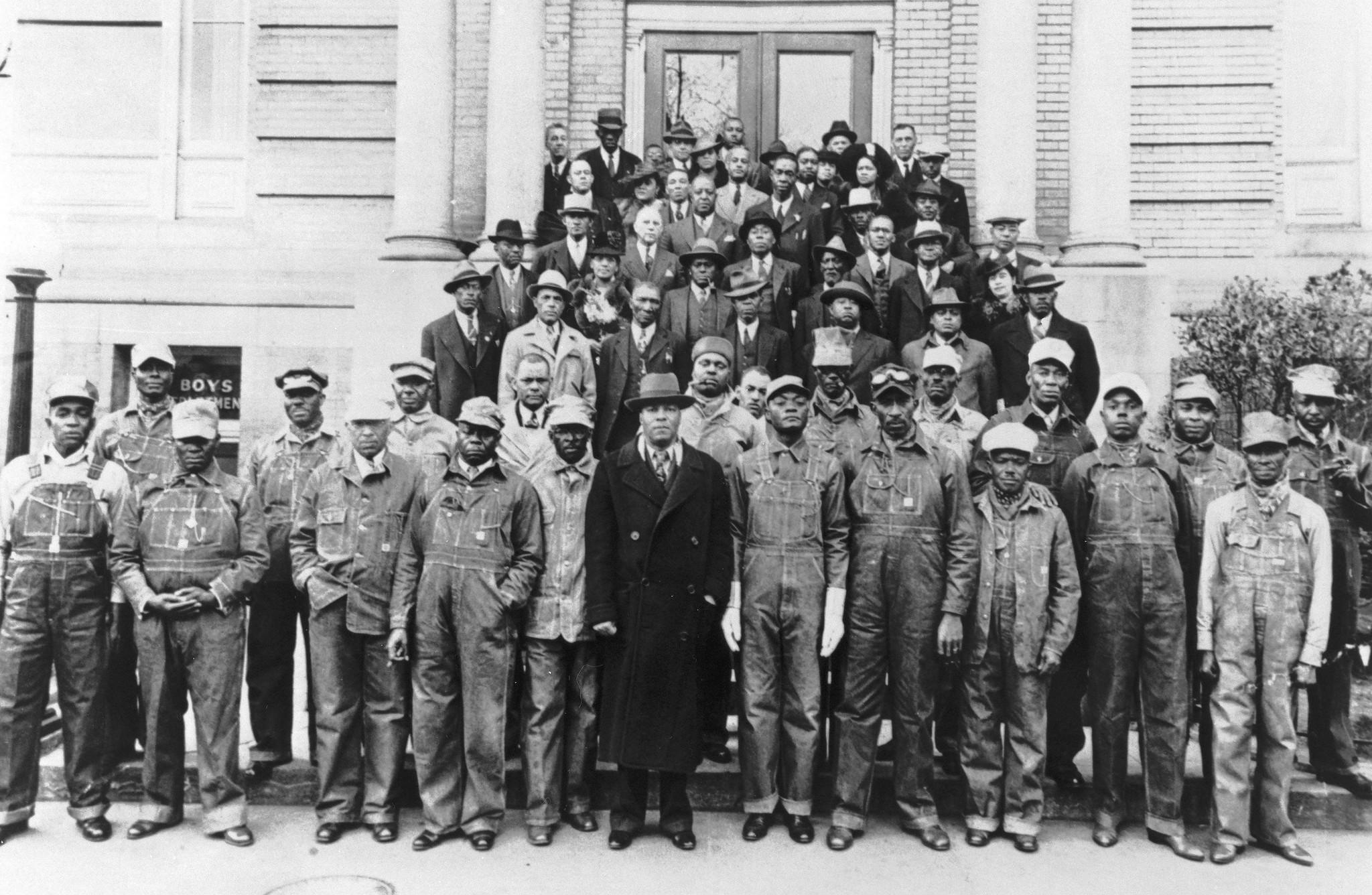
African-American Labor, Courtesy of the Labor Commission on Racial and Economic Justice
In the early 1900s, jobs such as agricultural workers and manufacturing opened up to African-Americans in the North. This marked their place in society.
"Racism is part of our inheritance as Americans. Every city, every state and every region of this country has its own deep history with racism. And so does the labor movement."
~ Richard Trumka, Missouri AFL-CIO Convention
Redlining was the discriminatory practice of banks marking with a red line "hazardous" African-American neighborhoods and determining them unworthy of loans.
Interview with David Krugler, Author of 1919: The Year of Racial Violence
redlining map
World War 1 sparked a change for African-Americans wanting to go from "old" to "new". Evoking the term, "New Negro", African-American culture started thriving as they began to move up North.
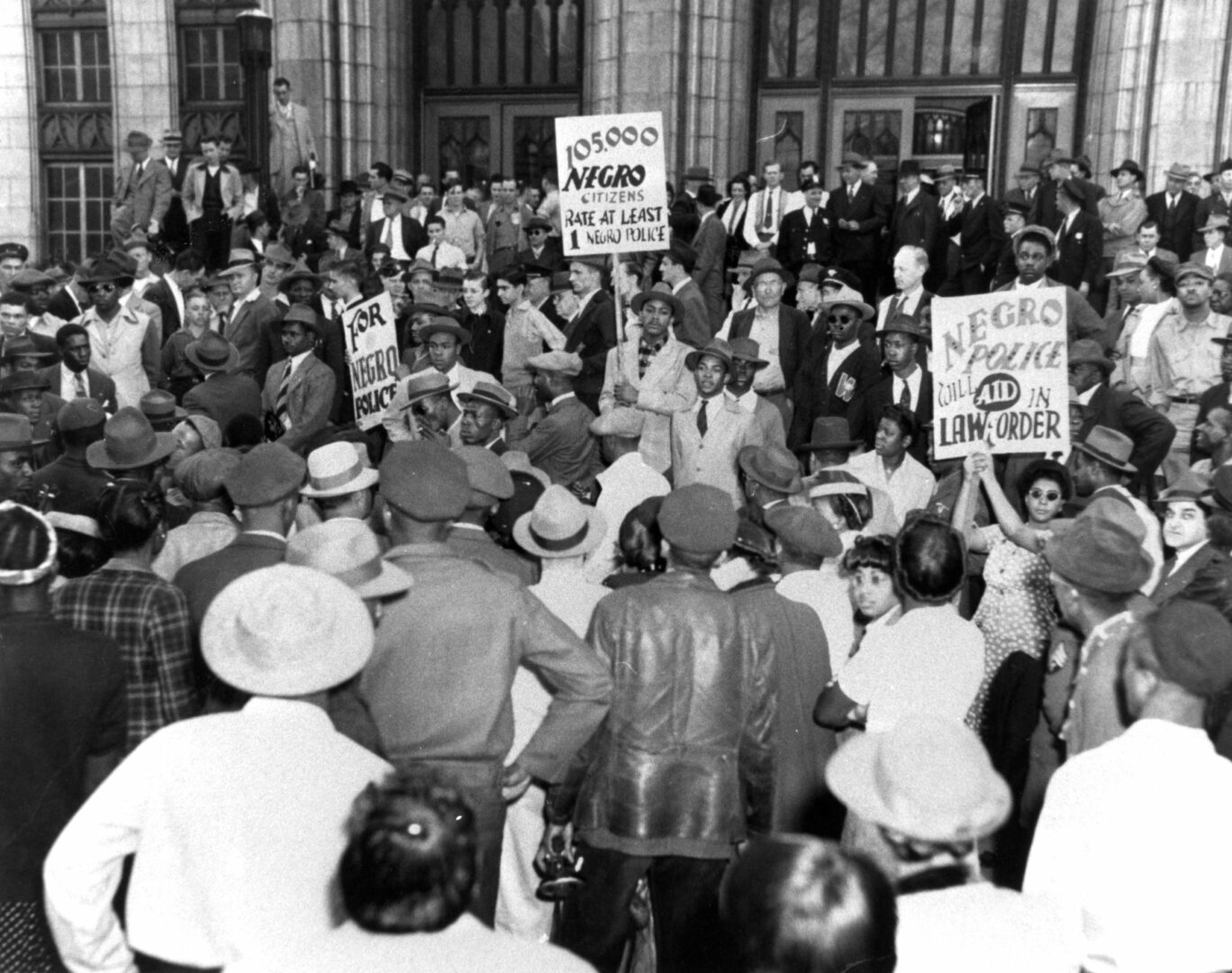
New Negro Movement, Courtesy of the Atlanta Journal Constitution
"If in our lifetime the Negro should not be able to celebrate his full initiation into American democracy, he can at least, on the warrant of these things, celebrate the attainment of a significant and satisfying new phase of group development, and with it a spiritual Coming of Age."
~ Alain Locke, "Enter the New Negro"